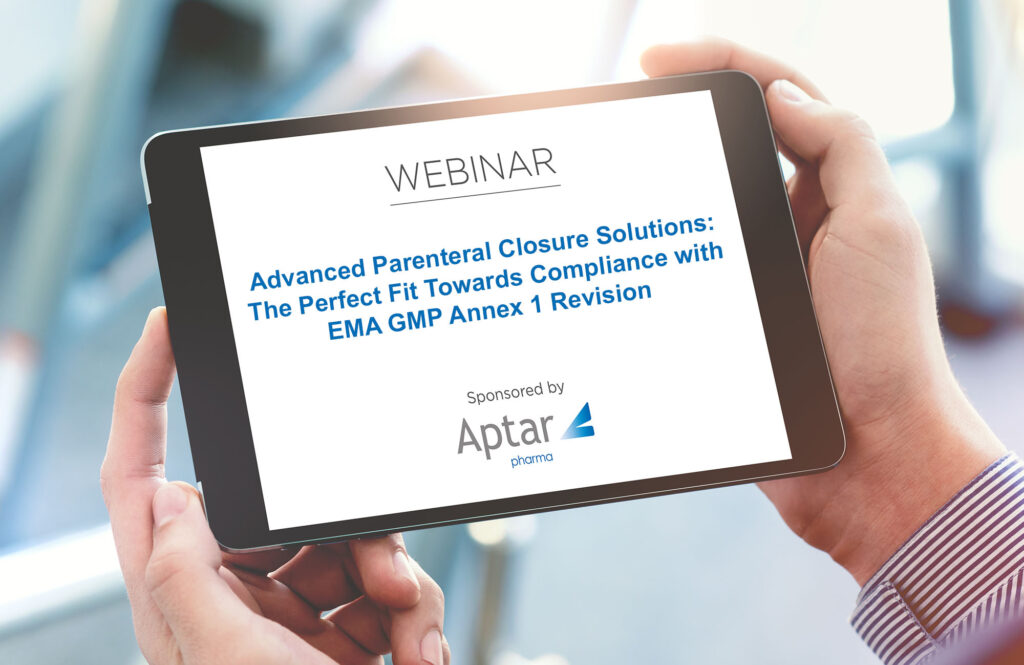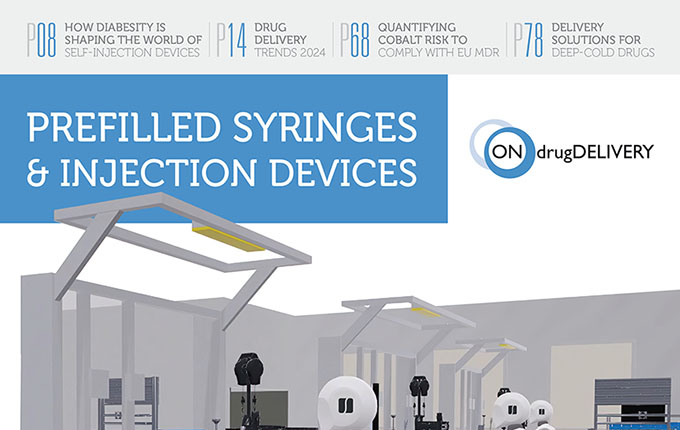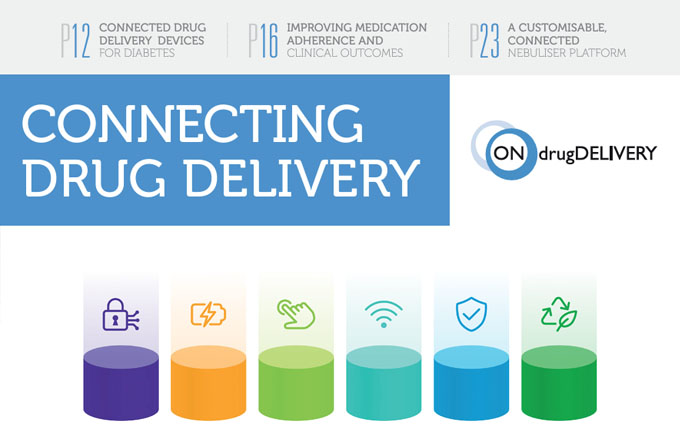Extractable testing identifies compounds released from a material under aggressive conditions, while leachable testing detects and quantifies compounds migrating into a specific drug product formulation under representative storage conditions. Regulatory guidance emphasizes a systematic, risk-minimizing approach to identify and control potentially hazardous compounds in specific drug products.
E&L contamination can come mainly from the primary packaging but also the manufacturing componentry, and the secondary packaging. Patient safety is the primary concern as E&L migration into the drug product could introduce impurities and compromise the therapeutic efficacy of the drug, potentially affecting patient safety.
Regulatory bodies like the FDA and the US Pharmacopoeia advocate for a risk-based approach to E&L testing. The absence of prescriptive protocols underscores the importance of expertise in this area. The FDA has established guidelines for threshold levels of leachables in parenterals. Additionally, several USP General Chapters provide test protocols for packaging and manufacturing components.
The study design should clearly differentiate between extractable and leachable testing. Key considerations include the scope of the study, materials of interest, potential compounds of concern, relevant analytical techniques, and appropriate testing conditions. Implementing an effective study is a significant undertaking, given the numerous considerations and the need for tailored studies for each unique drug product.
The first step in interpreting E&L test data is identifying compounds of interest, followed by determining the Analytical Evaluation Threshold (AET) – the level at which a compound is considered as significant for potential toxicological assessment. The AET is determined by considering factors like administration method, dosage frequency, and dosage duration.
A successful E&L study provides a profile of all compounds of concern, their concentration, source, and any associated potential risks to the patient. This can be used for a toxicological assessment of the product, thus forming a critical part of parenteral development and regulatory submission. Selecting the right partner is essential for the success of a drug development, given the significant resources and expertise required to successfully design and execute these essential studies.
Learn more about Aptar Pharma Expertise
in Injectable Drug Delivery
This Might Also Be of Interest

Advanced Parenteral Closure Solutions: The Perfect Fit Towards Compliance with EMA GM...
Webinars, Pharmaceutical, Innovation & Insights, Market Insights, Product Solutions

Raising the Bar for Injectable Drugs: EU GMP Annex 1 Primary Packaging Considerations
Webinars, Pharmaceutical, Innovation & Insights, Device Innovations, Market Insights, Product Solutions

Exploring Extractable and Leachable Testing Strategies for Parenterals
Publications, Pharmaceutical, Market Insights, Product Solutions, Innovation & Insights

Elevating Medication Adherence and Clinical Outcomes with Connected Drug Delivery
Publications, Pharmaceutical, Product Solutions, Device Innovations, Brand Differentiation, Market Insights
